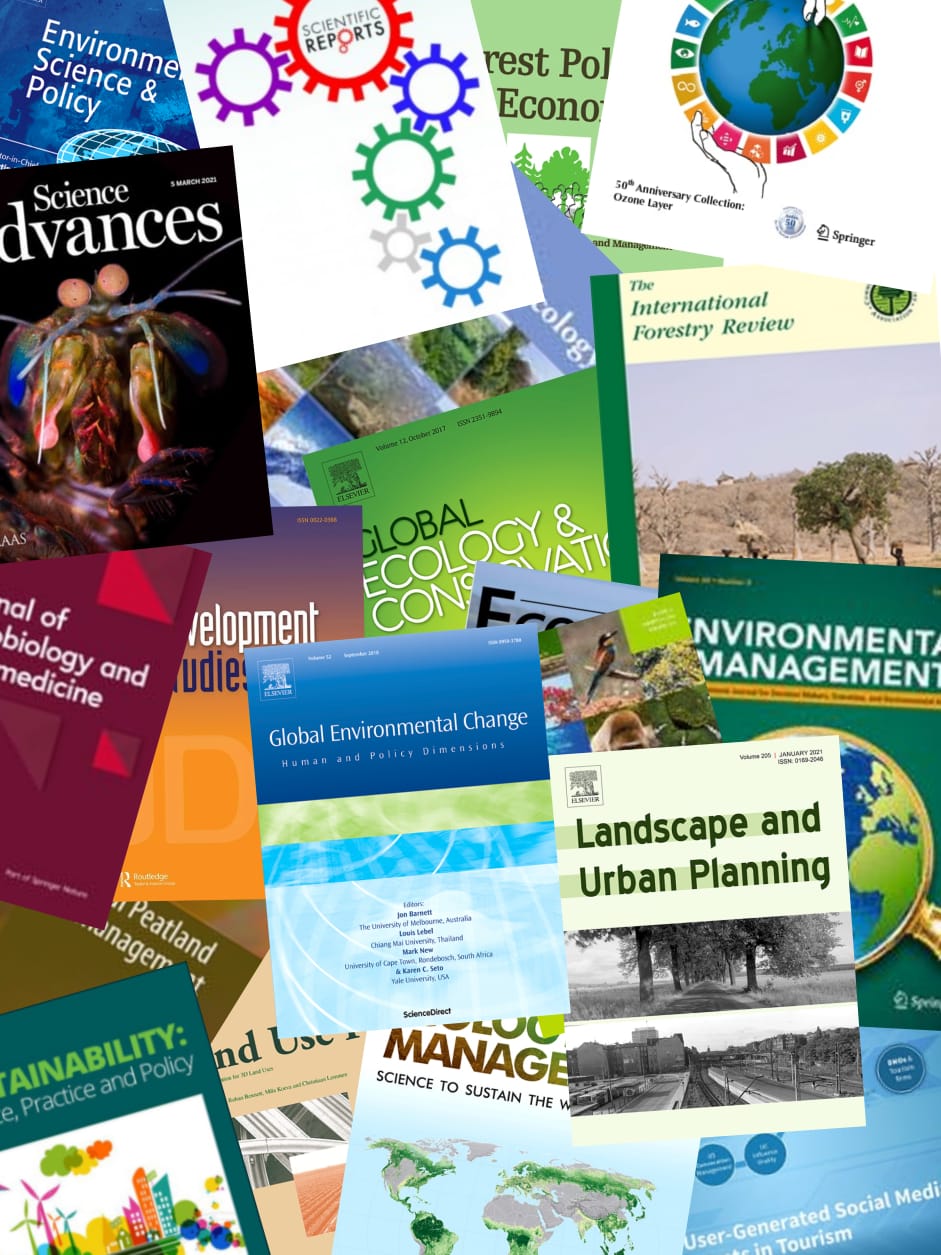Following the largest forest fire in Vietnam in 2002, various activities were undertaken to sustain the mangrove forest on peat soil remnants in the Mekong Delta region. These activities included promoting natural regeneration, afforestation, and rapid forest restoration measures, in addition to other protective measures such as rainwater retention to maintain moisture levels for fire prevention. However, two critical challenges emerged: allowing the forest to naturally regenerate would lead to annual forest fires but maintaining a constant water level through year-round water retention would harm biodiversity. The study was conducted in U Minh Thuong National Park to address forest regeneration. After a major forest fire in Vietnam, various measures were taken to promote forest regeneration, including afforestation, silvicultural solutions, and hydrological techniques such as rainwater storage to maintain humidity and prevent future fires. A hand drill was used to collect samples, and a total of 15 plots were set up to survey the growth of the forest at three peat thickness levels. At each of the three collection sites, samples of one kg were collected and labeled according to the site as UTM1, UTM2, and UTM3. The samples were then sent to the laboratory of the Southern Institute of Forestry Science for analysis. There was a relationship between the chemical indicators of peat and the evolution of the Melaleuca forest. Peat thickness and flooding regime significantly influenced the growth of the Melaleuca forest, while another identified relationship was between peat chemical indicators and forest growth. The chemical composition of peat water changed significantly due to the rainy and dry seasons, with nutrient content and pH affecting forest growth. Peat thickness and flooding regime were essential in regulating forest growth. These studies highlight the importance of considering multiple factors, such as peat thickness and chemical properties, when developing effective forest restoration strategies. By understanding the relationship between peat thickness, chemical properties, and forest growth, forest managers can develop targeted strategies to promote regeneration while minimizing negative impacts on biodiversity.
View source

